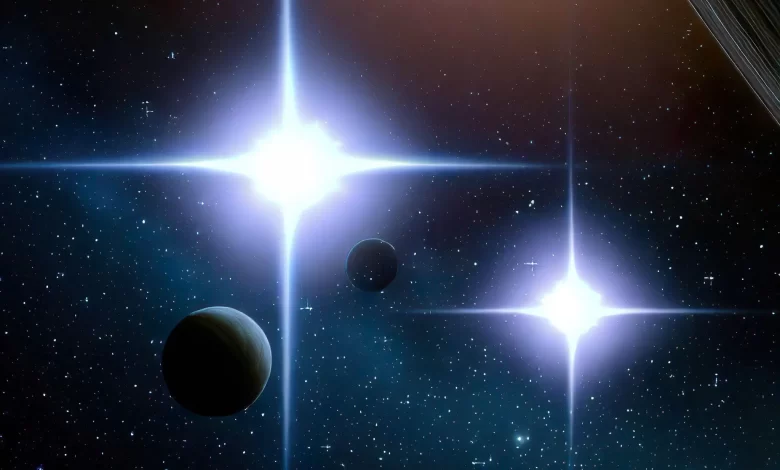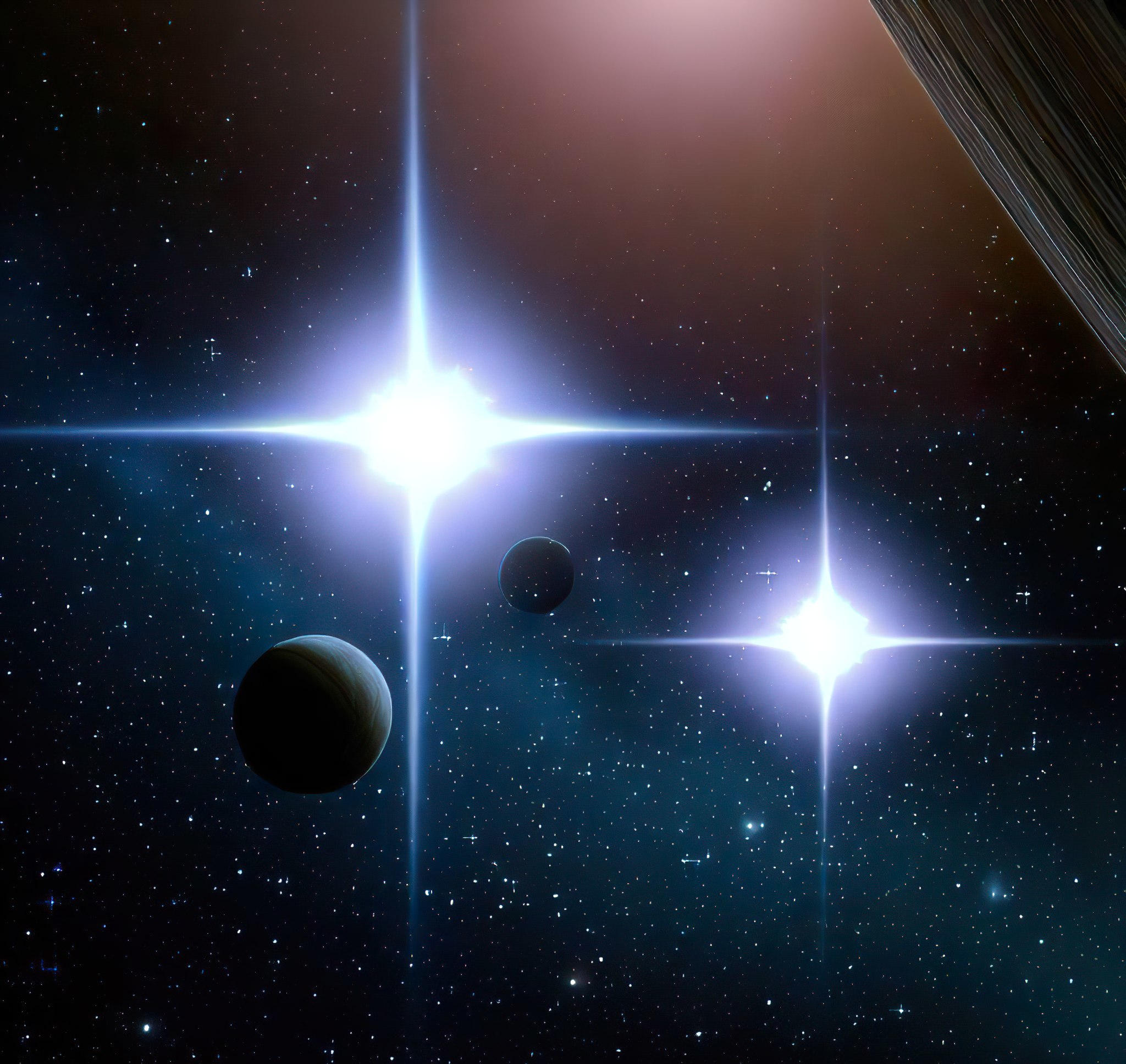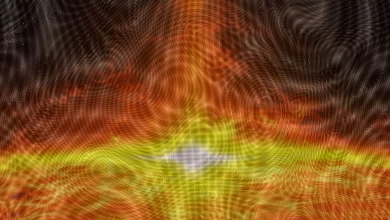Astrophysiker katalogisiert alle bekannten Drei-Sterne-Systeme, die Planeten beherbergen

[ad_1]

Eine von einem Planetenphysiker der University of Texas geleitete Studie hat einen umfassenden Katalog aller bekannten Planeten mit drei Sternsystemen zusammengestellt, wobei verschiedene Arten von Planetenumlaufbahnen berücksichtigt und frühere Kontroversen untersucht wurden. Es deutet darauf hin, dass Planeten im Dreifach-Sternsystem, die etwa 0,5 % aller bekannten Planeten ausmachen, größtenteils vom Typ Jupiter sind, und unterstreicht, dass die Entstehung und Umlaufstabilität dieser Systeme theoretische Herausforderungen darstellt.
In Dreifachsternsystemen umkreisen zwei Sterne einander, während ein dritter Stern das Paar umkreist.
Manfred Cuntz, ein Planetenphysiker von der University of Texas in Arlington, hat eine neue Studie geleitet, die alle bekannten Planeten beherbergenden Dreifachsternsysteme katalogisiert – solche mit drei oder mehr Sternen und Planeten.
Das Projekt mit dem Titel „An Early Catalogue of Planet-Hosting Multiple-Star Systems of Order Three and Higher“ bietet eine gründliche bibliografische Bewertung von Planeten-Hosting-Triple-Sternsystemen.
Es wurde kürzlich in veröffentlicht Der[{” attribute=””>Astrophysical Journal Supplements, a journal of the American Astronomical Society that has one of the highest impact factors in the field. Co-authors include UTA alumni G.E. Luke, Matthew Millard, and Lindsey Boyle, as well as Shaan D. Patel, a doctoral-bound graduate student.
The paper offers a system classification that considers the various types of planetary orbits among other factors. Additionally, the authors examine past controversies and planet retractions based on the criteria for what constitutes a planet-hosting, triple-stellar system.
Most planets, such as all in Earth’s solar system, orbit a single star. About 100 known planets are members of stellar binaries, the authors wrote in their study.
“The number of planets found to be hosted by higher-order systems is relatively small—about 40 for triple and quadruple systems combined, with the exact number depending on whether some controversial or unconfirmed cases are included,” Cuntz said. “The number of confirmed planets in triple-stellar systems currently stands at about 30, which is approximately 0.5% of the total number of planets identified. This aspect makes those planets very special.”
The NASA Kepler Space Telescope, which was operational from 2009-18, aided in the science of discovering planet-hosting, triple-stellar systems, Cuntz said. Scientists expect the number of known systems to increase, particularly with the abilities of the James Webb Space Telescope, which was launched in 2021.
The authors note that the overwhelming majority of triple-stellar system planets are Jupiter-type, meaning they are gas giants, and the host stars are relatively massive, compared to typical main-sequence stars. However, some Earth-mass planets have been found as well.
Triple-stellar systems can be divided into two subgroups, each of which travels in a relatively large orbit around the system’s center of mass. In a triple-stellar system, two of the stars usually form a close binary pair (two stars that are gravitationally bound to and in orbit around each other), and the third orbits that pair from a farther distance. Systems with more than three stars are expected to produce even more complicated orbiting arrangements.
“The existence of planets in triple-star systems is extremely challenging theoretically, both regarding their formation and orbital stability,” Cuntz said. “These topics are a stark motivation of future UTA research, also involving students.”
Reference: “An Early Catalog of Planet-hosting Multiple-star Systems of Order Three and Higher” by M. Cuntz, G. E. Luke, M. J. Millard, L. Boyle, and S. D. Patel, 5 December 2022, The Astrophysical Journal Supplement Series.
DOI: 10.3847/1538-4365/ac9302
[ad_2]
Source link




